Quality assurance plans enhance awareness of flaws in processes, products, materials, or manufacturing operations.. Using no-code platforms and other software helps actualize continual improvement goals and quality objectives.
Quality control plans may record steps involved in an operating practice or procedures of manufacturing a product. It may require manufacturers to attain specific standards in the following: reliability, yield, cost, or aesthetic.
Manufacturers may use quality plans to define product testing, inspection, and audit programs. Organizations often use this type of document to help meet quality improvement objectives. At a high level of an organization, quality goals and plans should be combined with the overall strategic plan.
As quality plans are implemented, each organizational department shapes its own method to contribute to top-level goals. At lower levels, the manufacturing control plan is an actionable plan to rectify a faulty process or product flaw. Quality plans may differ depending on an organization’s objective.
While quality plans are core to the manufacturing industry, other industries like pharma and construction use them constantly. Let's take a closer look at how companies in other areas use quality plans.
For quality plans to work, department managers need to train their teams to gain an understanding of what is needed to achieve quality standards.


There are three steps in creating a quality plan. Step one begins with audits of suppliers the company wants to include. These audits ensure that the supplier's capabilities are appropriate for the project and consistent with quality standards. The audit should evaluate the manufacturer’s equipment, quality planning tools, materials, processes, and people (including management).
The second stage is to confirm that products meet specific specifications and standards. To accomplish this step, on-site engineers must perform process capabilities studies. The quality plan should include the quality inspection of every product before shipment. Quality inspectors must perform on-site inspections.
Quality inspectors must confirm quality control data, including raw material certifications. The inspector uses test equipment to perform the required inspections as specified in the quality plan.
A quality control plan ensures employees have accurate information to execute processes according to the expected quality standards. It should include the protocols to adhere to when product flaws are detected. Here are some central points that a quality control plan must address.
Quality control plans should include methods and directions which guide manufacturers on how to meet quality expectations. Manufacturers use a monitoring system to assess and test non-conformances before they affect the execution of their processes.
If the company provides support services, tickets describe processes, procedures, and resources. Specialists can then use tickets to systematically track the processes and evaluate the results.

The quality plan is divided into two main areas: Conformance and Non-Conformance. Conformance is tied to preventive activities. These activities relate to materials, documentation, and training processes.
Non-conformance problems associated with errors often require a re-evaluation of all activities related to the process. Continuous improvement activities constantly enhance processes leading to improved deliverables and results.
Quality control plans are essential in many industries, but especially in manufacturing.
Manufacturers simply can’t afford to let poor-quality products slip off their production lines. When they do, it’s going to lead to reworks, lost customers, and even worse, legal complications.
Without the right process controls, manufacturers are going to be less productive and less profitable.
You can’t just put quality control methods in place after the fact though. You have to look ahead and create a comprehensive quality control plan and ensure you have the right quality control software for manufacturing.

A quality assurance plan should contain an organizational structure, specifics on each employee's accountabilities, and the qualifications needed to fulfill their responsibilities. It should also outline requirements for suppliers and the materials they ship. A quality assurance (QA) plan may include specific product testing, feeds-back test results, customer complaints, and support improvements.
Smaller manufacturers use QA plans to improve efficiency and customer satisfaction. A quality assurance manufacturing plan specifies who is responsible for specific tasks, and who is accountable for inspecting the work. In smaller companies, it is common for the employee who performs the work to also check its quality.
In larger companies, employees who work in the same area may check each other's work. A quality assurance plan often specifies that certain tasks must be approved by professionals from different quality assurance departments.
A critical part of quality assurance plans is ensuring production materials meet specifications for products of a desired quality. The QA plan should document the materials characteristics, who is accountable for checking materials, and the inspection method used.
The corrective action plan is essential to solving problems and specifies how to deal with them. A QA plan should require the person responsible for quality assurance to investigate how failures occur.
To carry out quality assurance in manufacturing, you need everybody to be on the same page, and this requires the right software.
Your quality assurance plan might come from the top, but it also needs to be informed by the people on the factory floor. They’re the ones who get up close and personal with the products and know how processes play out in reality.
This is why quality assurance software is so effective in manufacturing; because it enables everybody to have an input.
When you get the buy-in of all key stakeholders, that’s when you can create quality assurance software that makes a real difference.
See how no-code and low-code software solutions are changing quality assurance.
Digital Quality Management
By introducing digital solutions into a manufacturing quality improvement plan , manufacturers can benefit from improved project management, quality control and quality assurance activities. They streamline production processes, reduce recalls, streamline audits, and meet customer requirements.
Research shows 60% of survey participants cited predictive analytics, sensors, and tracking as critical solutions for improving product service. Predictive solutions analyze masses of data and enable companies to address the root causes of problems before they happen.

Quality plans are a tool that can help quality control and quality assurance.
Digital Dashboards and Tracking
Manufacturers use digital dashboards to track supplier performance and increase visibility into KPIs, quantities ordered and received. Companies employ supplier performance data to assess where quality risks lie in the supply chain. Machine vision solutions confirm product quality or detect flaws early on in production. Quality management software that digitizes this data is critical to modernizing quality processes.

The concept of a Gemba Walk was first introduced by Toyota's process improvement leaders. It allows process managers to be onsite with factory workers and observe manufacturing processes as they happen.
The project team may use a Gemba Walk digital checklist app to capture observations that identify inefficiencies, wastes, and safety hazards.
Process leaders may ask workers “Who addresses your concerns or problems with processes? “Can you identify the root of a particular production problem?”, or, “Is there a part of your job that takes too much time or wastes time?”
Alpha Software has compiled a Gemba Walk Checklist Solution you can download, customize, and use immediately. Manufacturers can use the template to collect and share insights via Excel files or integrate it with any system. Manufacturing executives can take photos, record notes, time and date stamp the walk, and interview team members.
Workers on the shop floor use solutions that enable quality staff to capture real-time data on mobile devices instead of on tedious paper forms. For example, Igloo digitized paper forms for quality control and cut costs by $145,000 while increasing data accuracy. Here are a few examples of solutions that support quality plans.
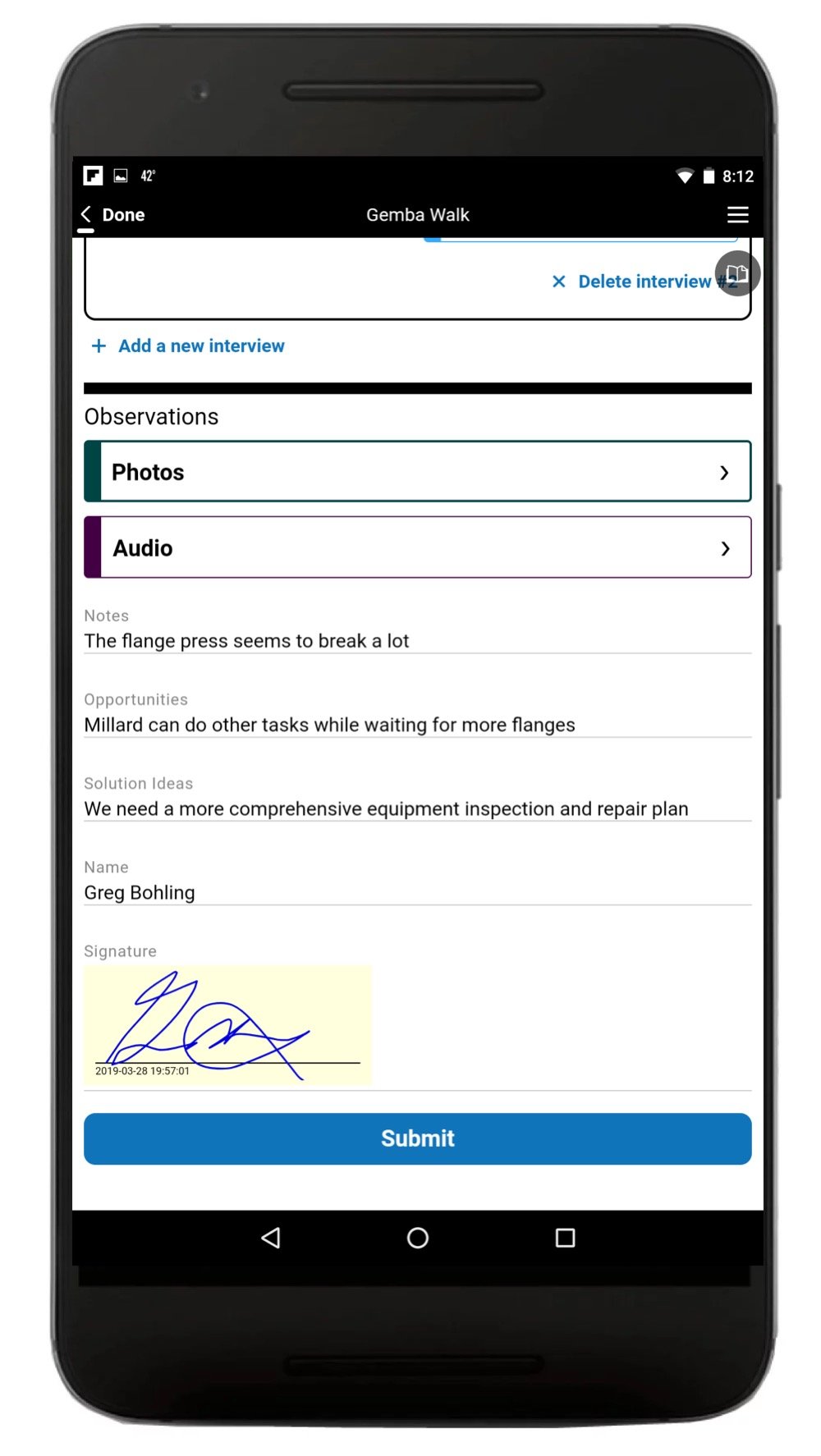
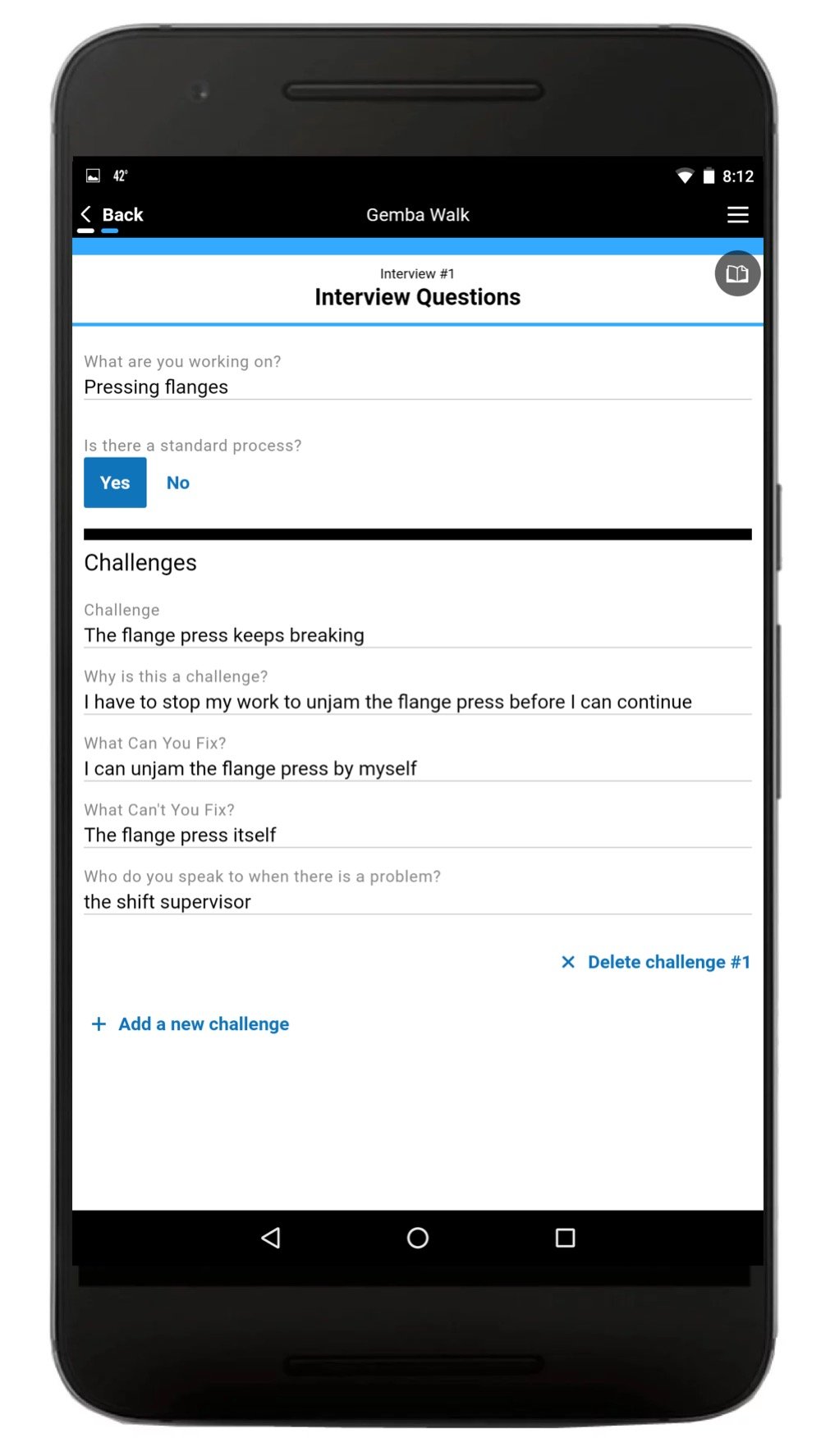
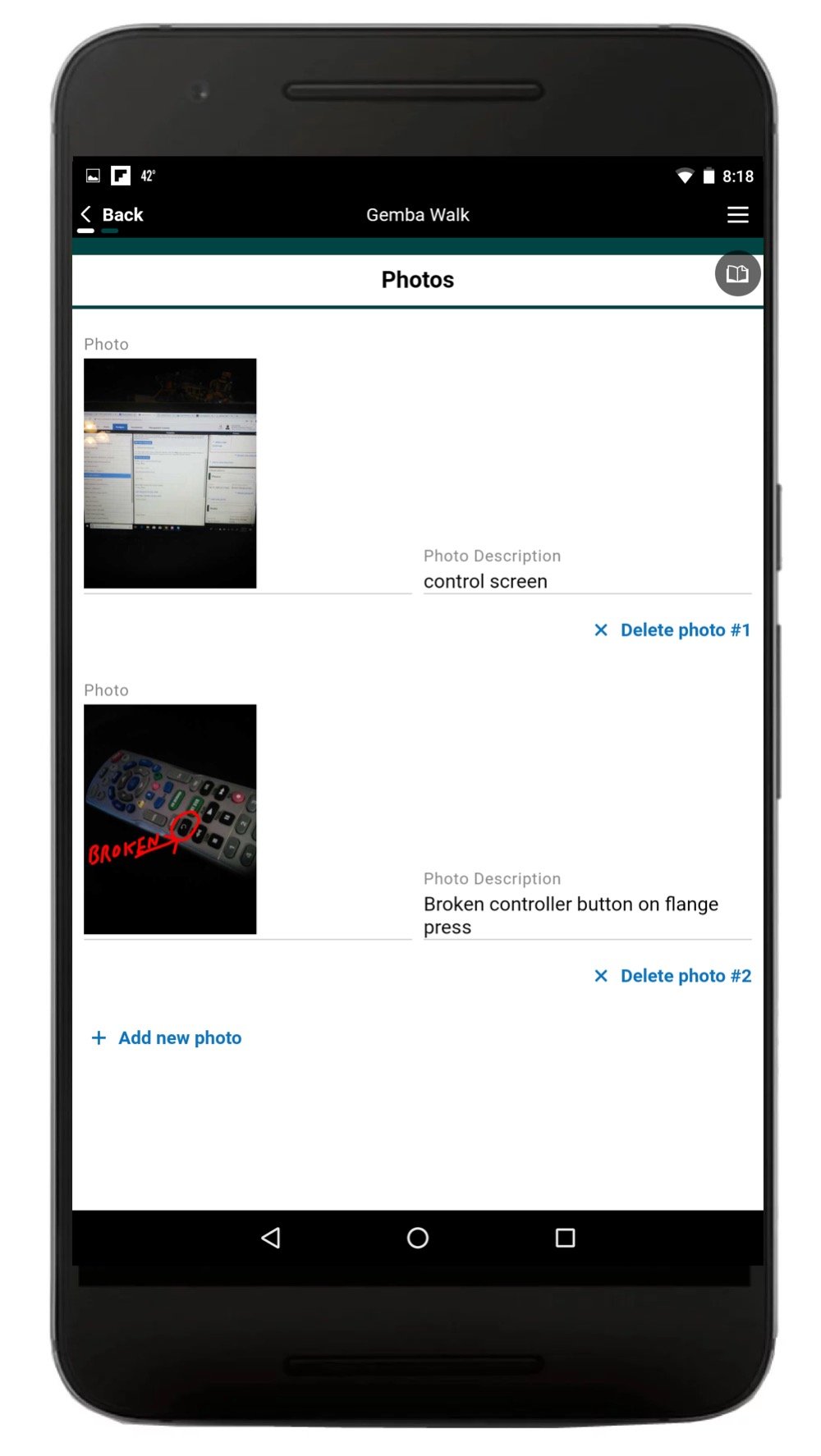
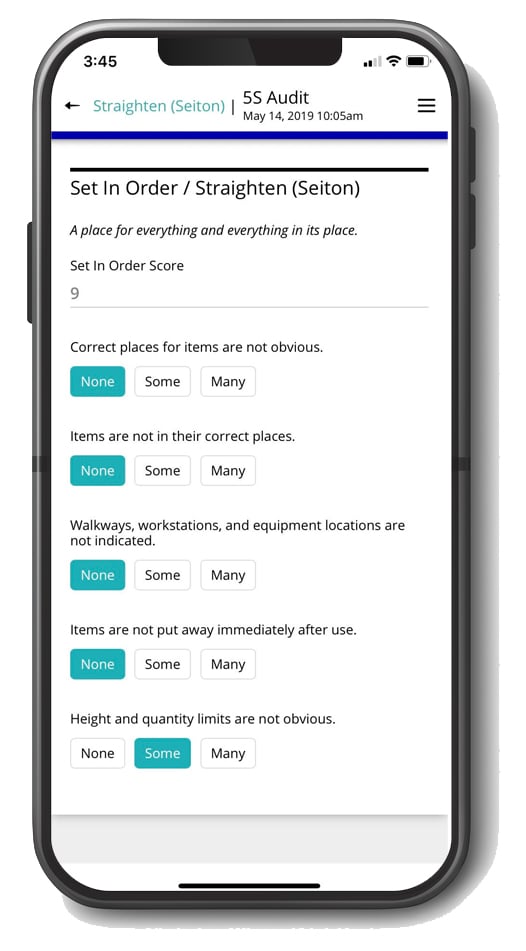
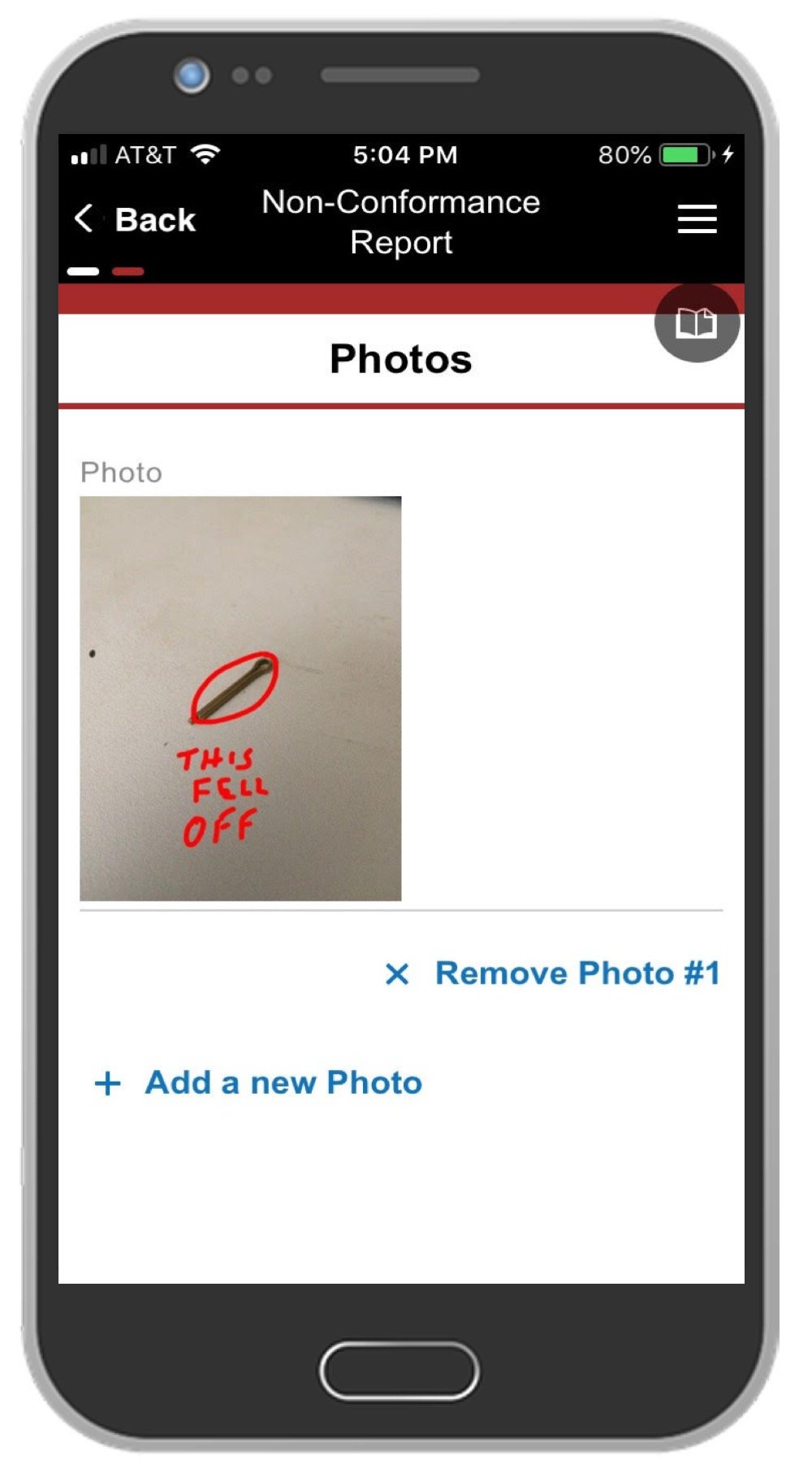
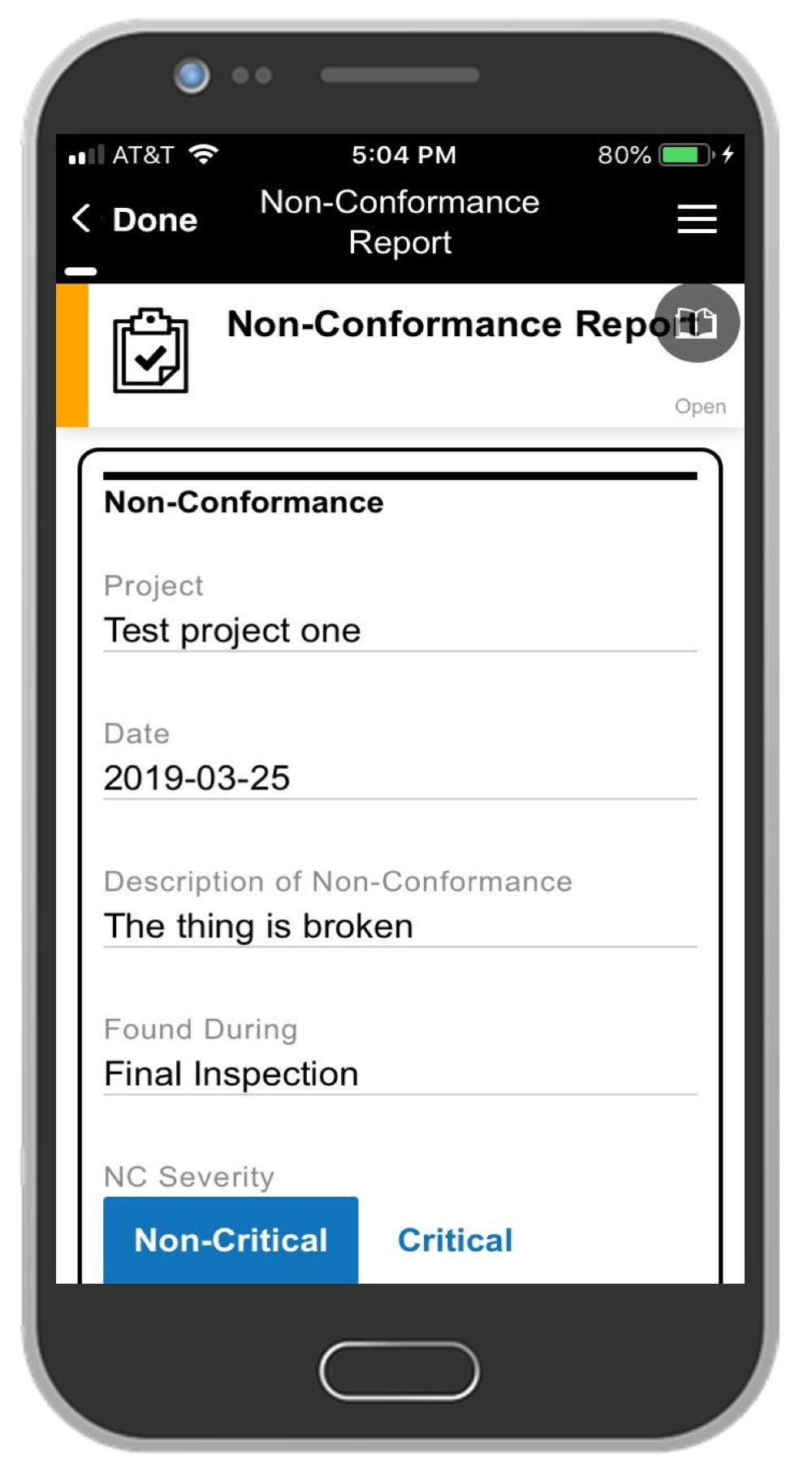
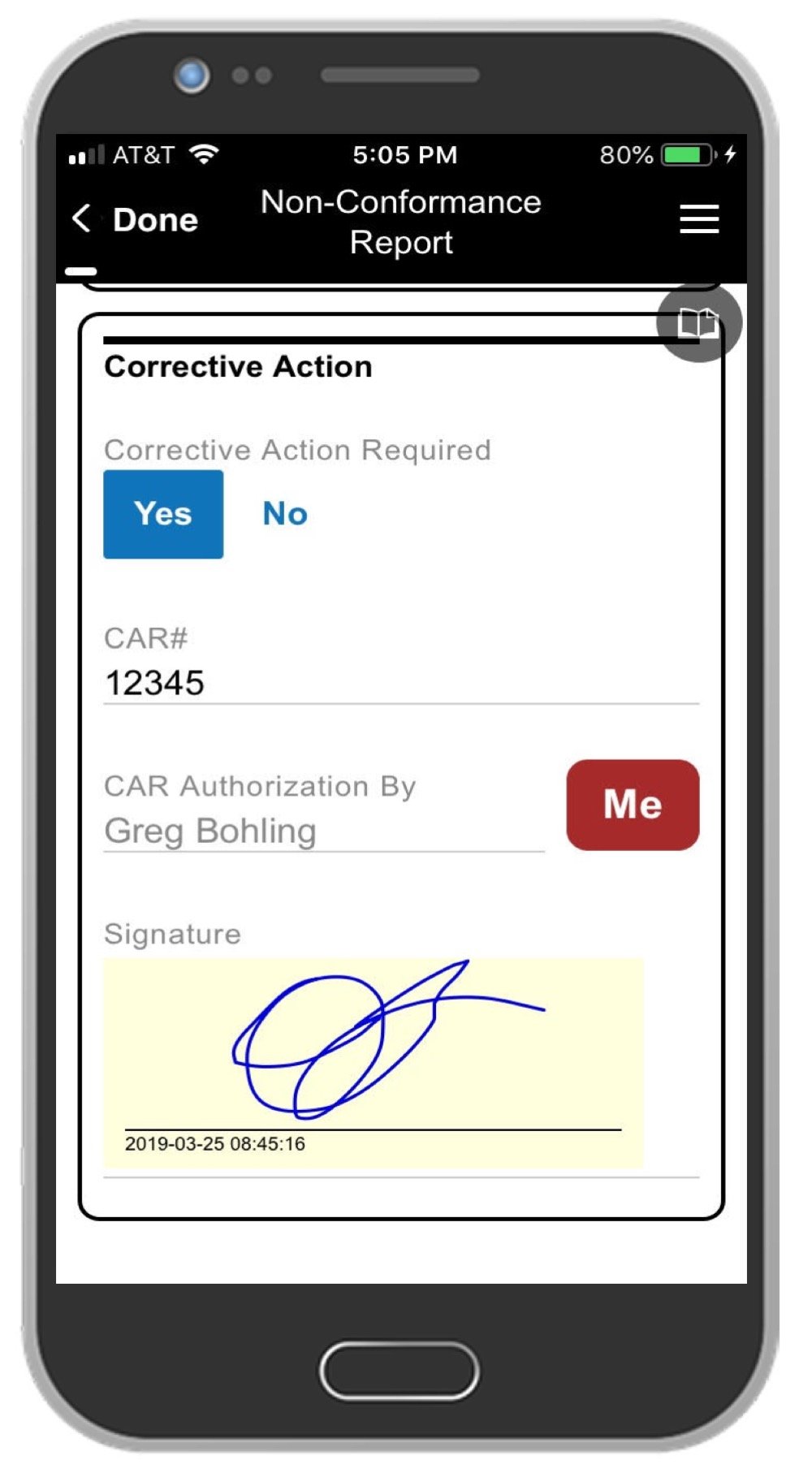
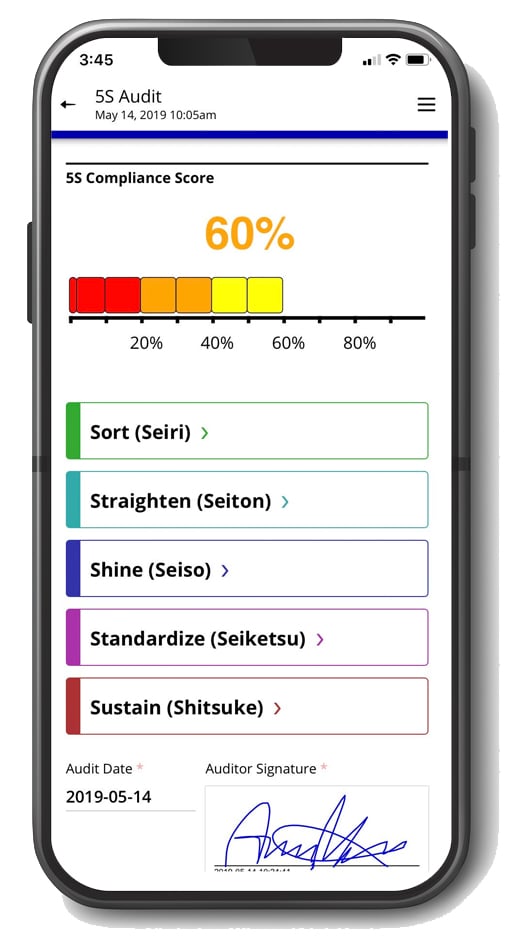
Quality plans increase a manufacturer's visibility for inefficient processes, assembly, and material issues. Organizations that implement predictive analytics and machine vision software reduce costs and increase efficiencies. Alpha Software solutions automate operations such as quality inspections and generate custom dashboards and reports. This quality control software and quality assurance software can help craft digital threads through your organization.
The Alpha platform is the only unified mobile and web app development and deployment environment with distinct “no-code” and “low-code” components. Using the Alpha TransForm no-code product, business users and developers can take full advantage of all the capabilities of the smartphone to turn any form into a mobile app in minutes, and power users can add advanced app functionality with Alpha TransForm's built-in programming language. IT developers can use the Alpha Anywhere low-code environment to develop complex web or mobile business apps from scratch, integrate data with existing systems of record and workflows (including data collected via Alpha TransForm), and add additional security or authentication requirements to protect corporate data.
Alpha Software Corporation, based in Massachusetts, produces award-winning software that speeds mobile and web app development and deployment for business and IT. The core technology includes two components. Alpha Anywhere®, a full-stack low-code app development platform for building and deploying web and mobile apps. In just hours, Alpha TransForm® turns complex paper forms into powerful mobile forms that speed data collection.
Alpha Software is an InfoWorld Technology of the Year award winner, and scores near-perfect reviews from customers on crowdsourced review sites.
Customers rate Alpha Software highly for its speed of development, flexibility, offline apps, rich feature set and ability to scale predictably. For more information, visit https://www.alphasoftware.com/